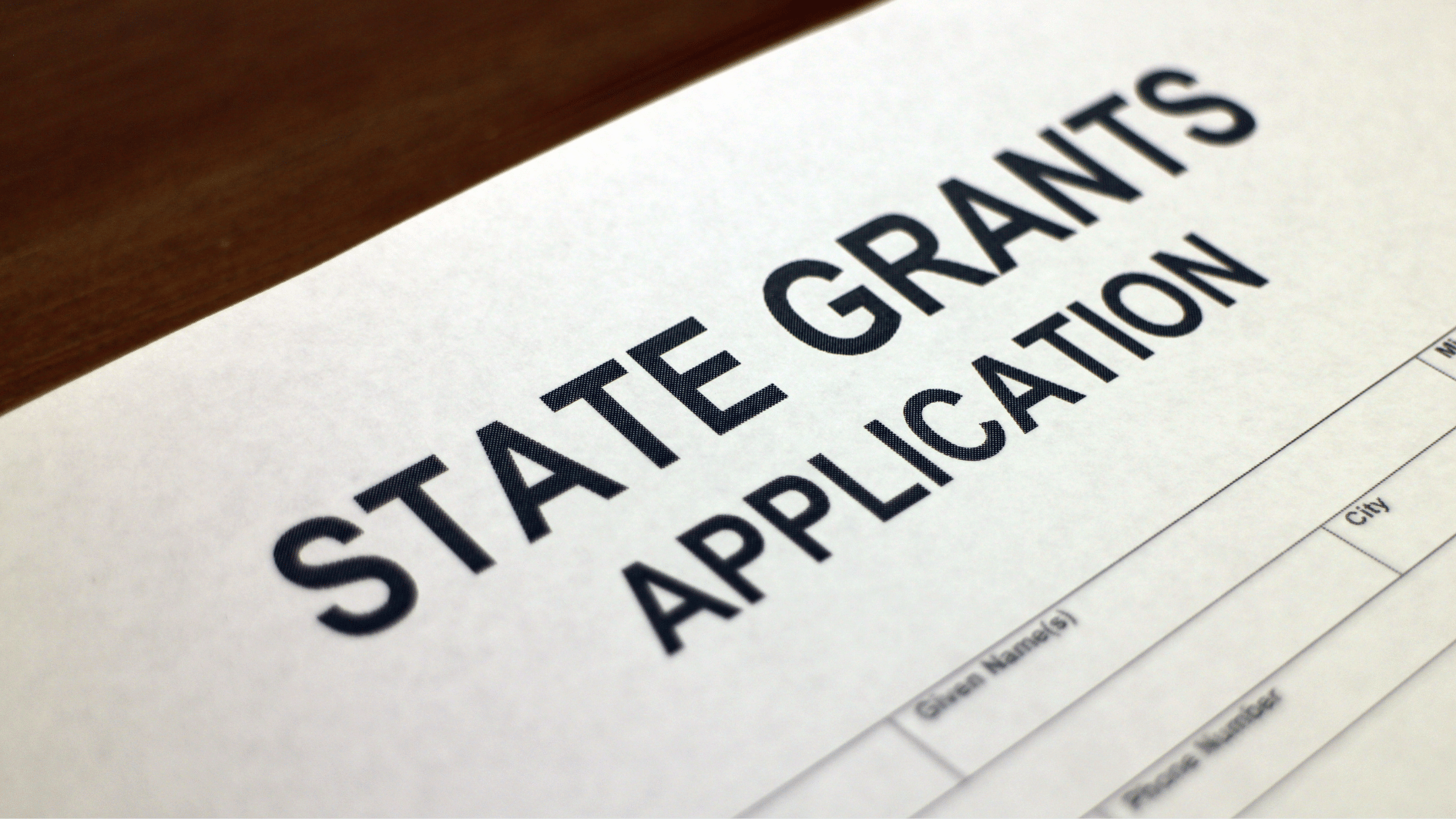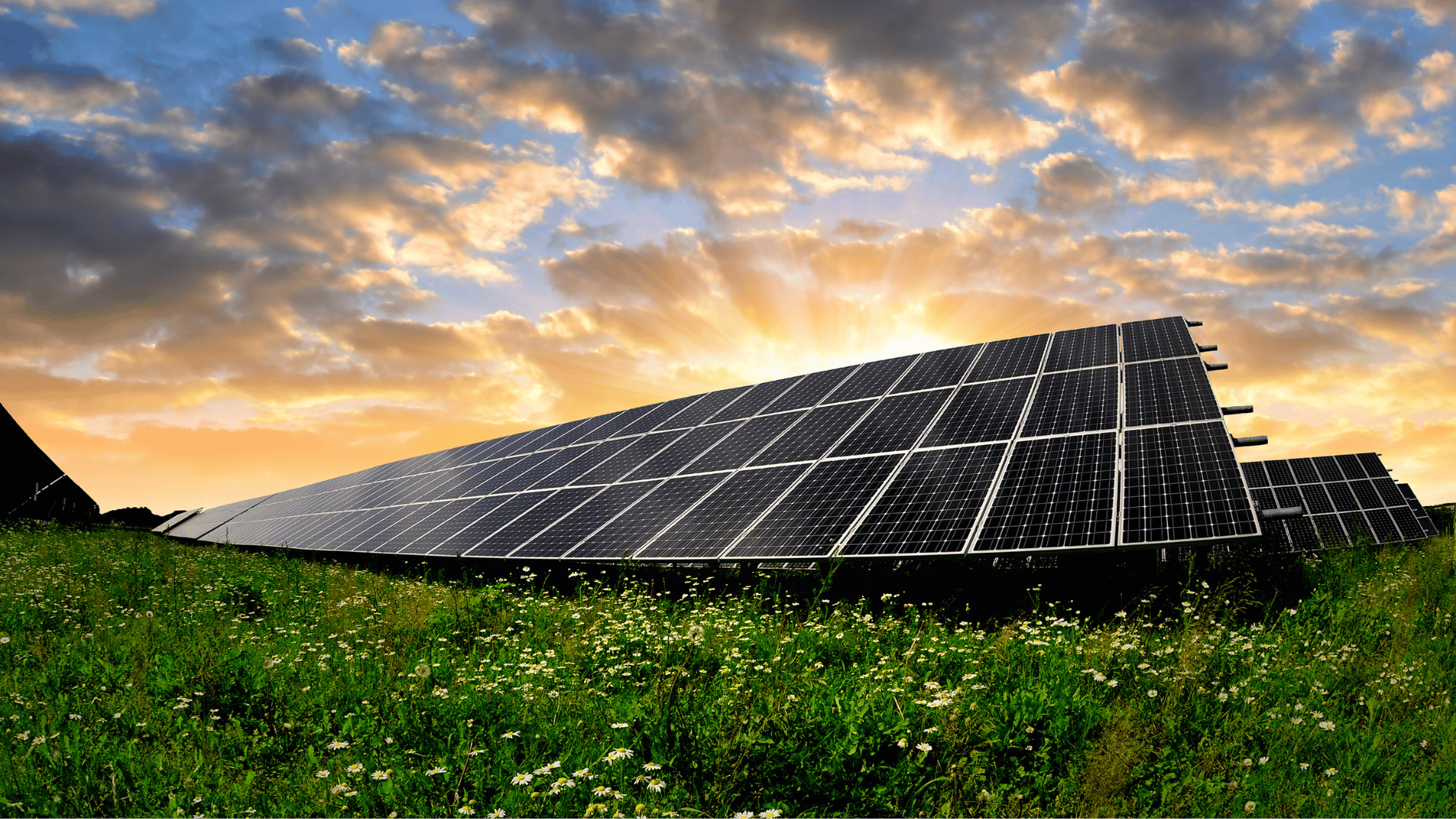Image source: Canva.com
SACRAMENTO – In a major boost to California’s clean energy infrastructure, the state’s battery storage capacity has expanded by an impressive 3,012 megawatts (MW) in just six months, bringing the total capacity to 13,391 MW. This 30% increase since April 2024 highlights the state’s rapid progress in scaling up energy storage, particularly during a summer of unprecedented heat waves.
Over the past five years, California’s battery storage capacity has grown more than 15-fold, soaring from 770 MW in 2019. Remarkably, while it took nearly five years to reach 10,000 MW by early 2024, the state added another 3,000 MW in just half a year.
Governor Gavin Newsom emphasized the environmental and economic significance of this expansion: “We’re cutting pollution by adding more clean power to our grid. That means rapidly expanding battery storage to capture more of this clean energy that’s produced during the day, like solar, for when it’s needed when the sun goes down. These are the essential resources that we’ll continue needing more of as the climate crisis makes heat waves hotter and longer.”
Battery storage is essential for California’s ambitious climate and clean energy goals, with the state projected to need 52,000 MW of storage capacity by 2045. Currently, the state is one-quarter of the way to that goal.
Storing clean energy for peak demand
Increasing battery storage allows California’s grid to harness clean energy from sources like solar during the day and deploy it during peak demand in the evening. Expanding storage capacity is a key pillar of Governor Newsom’s energy roadmap to achieve a 100% clean electric grid.
This year’s growth in storage capacity has significantly strengthened grid stability, especially during extreme weather. Throughout the summer of 2024, battery storage reliably discharged energy to the grid during critical net peak hours – when solar power fades and demand remains high. Battery discharges increased from 6,000 MW in the spring to more than 8,000 MW during the summer months.
Programs like the California Energy Commission’s Demand Side Grid Support (DSGS) have also been instrumental in reducing grid stress during extreme conditions. This summer, DSGS reached 515 MW of capacity, including one of the world’s largest virtual power plants, with over 200 MW of storage from customer-owned battery systems. These systems, often paired with solar, feed power back to the grid, reducing the need for fossil-fuel power and advancing California’s clean energy transition.

Poll reveals strong support for solar among Californians, including Republicans
Setting new clean energy records
California continues to lead the nation in clean energy achievements. From January to September 2024, the state’s clean energy supply matched or exceeded demand for 1,084 hours across 179 days in the California Independent System Operator (CAISO) service area. That’s equivalent to more than 45 days powered entirely by clean electricity. In August, solar energy hit a new peak, supplying 19,600 MW to the grid.
Governor Newsom has committed billions of dollars to accelerate clean energy projects statewide, fast-tracking the infrastructure needed to meet California’s climate and energy goals. His administration has taken bold action to streamline clean energy development and ensure that the state remains at the forefront of the global clean energy movement.
Source: gov.ca.gov





